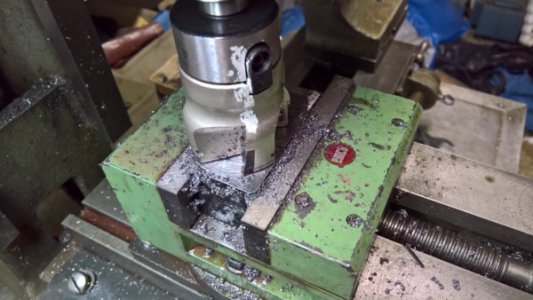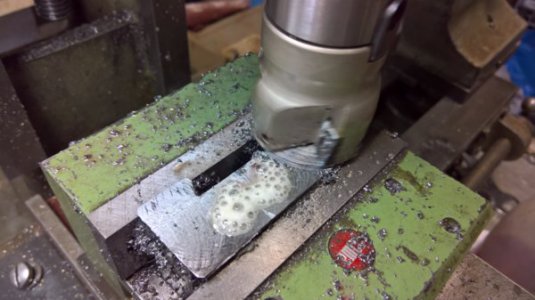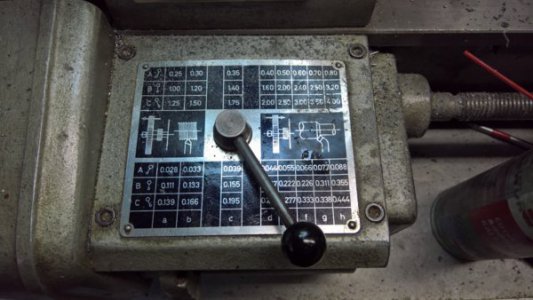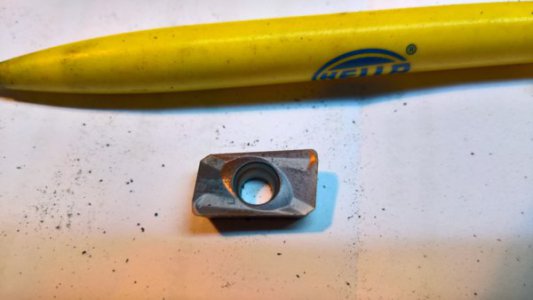- Joined
- Mar 17, 2017
- Messages
- 87
I dont get is the SFM, surface speed per minute. How can this be applied on my lathe
SFM is one of those weird and wonderful things that makes endless sense with a bit of explanation.
Imagine a lathe tool bit cutting a round bar 4 inches in diameter. That lathe tool bit is going to be happiest cutting that kind of metal at a certain rate of speed - call it 100 SFM just for argument's sake.
The piece is 4" in diameter - so a bit of maths tells us its circumference is 12.5" or a teeny bit over 1 foot (Pi x diameter). So for 100 SFM you need to spin the piece at a little under 100 RPM so that the speed the part is moving presents the material to the tool at the rate the tool is happy cutting it.
All of this can be done in the metric system - it just happens I'm most comfortable in Imperial and explained it that way - apologies.
With your milling example we're spinning the cutter instead - so it's the cutter circumference we're working with here. That kind of metal is going to be happiest cut at a speed that presents one cutter tooth at the proper SFM.
Let's say you're using a 1" diameter cutter made of high-speed steel on brass. Brass likes 300-350 SFM. So, cutter circumference (3.1 inches, or about 1/4 foot) to cut brass should be spun at about 1200 RPM or so (300 SFM X 1/4 foot) to get the cutter speed about right.
None of this is cast in stone, and minor variations on speed are not an issue - slower is better than too fast, though.
Carbide allows for much higher SFM, but most hobby sized machines aren't suited to take full advantage of it.
Al




